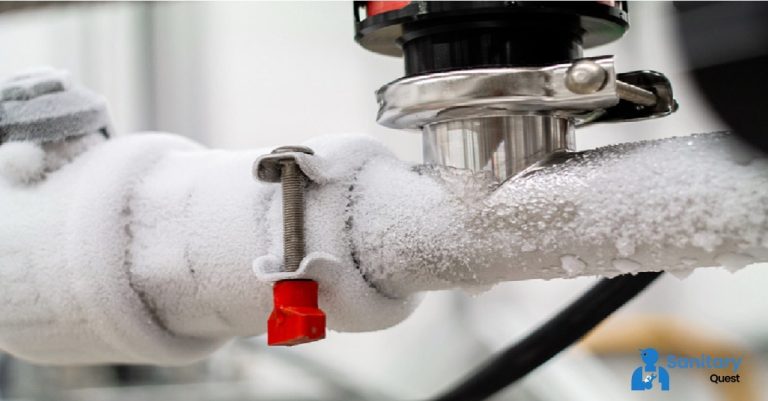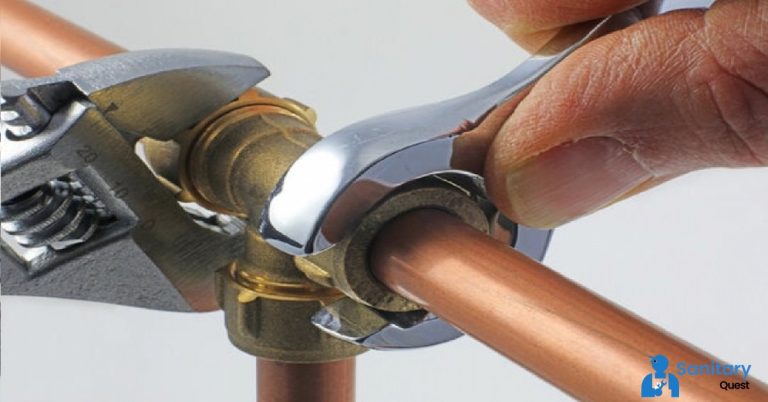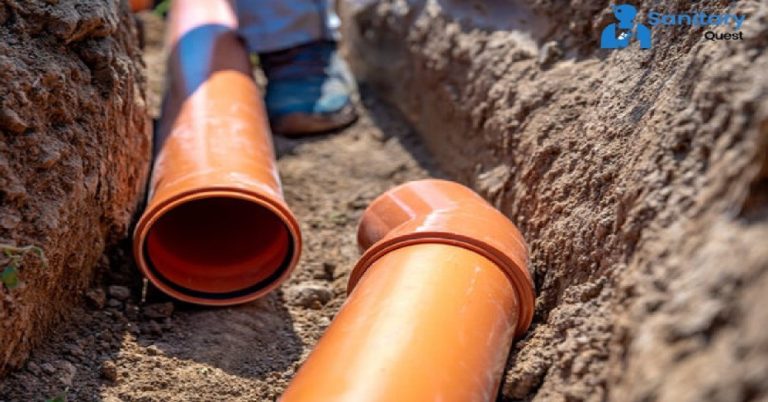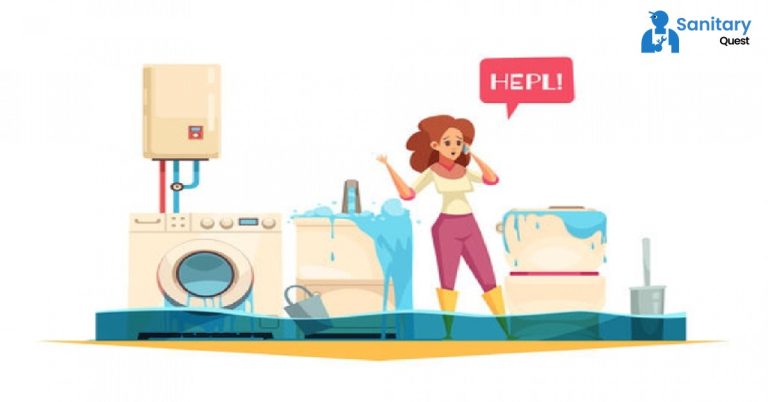What’s the Difference Between ABS and PVC Pipe?
ABS & PVC Piping Provide Different Advantages
Plastic pipes are a common and popular choice among both do-it-yourself homeowners and professional plumbers when it comes to the materials that will be used in plumbing projects. Plastic pipes are more cost-effective, easier to move around, and do not rust or corrode like metal pipes. They are quite good at maintaining the temperature of hot water, and in contrast to many metal pipes, they do not allow condensation to form on their surfaces when exposed to cold water. This gives them a significant advantage. However, not all plastic pipes are the same, and ABS and PVC, the two most prevalent materials used in building plastic pipes, have some significant differences.
If you have a plumbing project coming up and are trying to choose which type of pipe to use, continue reading to discover which piping materials are most appropriate for your plans.
ABS Pipes vs PVC Pipes
Most of the key differences between acrylonitrile butadiene styrene (abbreviated as ABS) and polyvinyl chloride (abbreviated as PVC) are irrelevant or contingent on the situation’s specifics. There is, however, a distinction that is more likely to attract the notice of a significant number of homeowners: However, ABS pipe does contain BPA, but PVC pipe does not. PVC pipe does not contain the chemical.
Chemically speaking, bisphenol A, also referred to as BPA in some circles, is a substance that is frequently used in the process of making plastics more rigid. It can be found in a broad variety of plastic materials, including some used to produce containers for storing food and water. There is no evidence that bisphenol A (BPA) is harmful to people. However, studies on animals reveal a growing concern about the future effects on hormones, the neurological system, and the cardiovascular system, among other possible problems. The Food and Drug Administration (FDA) has revised its recommendations about bisphenol A (BPA) throughout the past few years. Despite these revisions, the FDA has concluded, most recently, that BPA is safe at the levels that are currently found in foods.
Before you give it too much thought to make a selection between the two types of plastic piping, you should be aware that it’s conceivable that your local government has already chosen between ABS and PVC plastic piping. This is something that you should be aware of. Even though many municipal construction codes leave the decision up to plumbers and builders, some of them mandate using a particular pipe for drainage, sewage, and other plumbing operations. This is the case in some of the codes. Other codes allow constructors and plumbers the ability to make their own decisions.
Strengths & Weaknesses of Plastic Pipes
The fact that ABS pipes are black and PVC pipes are white is a quick and easy way to differentiate between the two materials. However, because pipes aren’t supposed to be seen, plumbers are typically more concerned with other aspects than appearance. On the other hand, PVC has a higher degree of flexibility, but ABS has a higher resistance to shock. ABS is more resistant to extremely low temperatures, although it can get warped if exposed to direct sunshine. PVC is superior to other materials in terms of its ability to dampen the sound of running water. Prices for the two varieties are comparable in most marketplaces in North America. When one sort of product has significantly greater delivery costs than another, the price of that product tends to be considerably higher.
Working with ABS or PVC Piping
When working with these materials, the most apparent difference is that the method for connecting pipes in an ABS pipe only requires one step. In contrast, connecting pipes in a PVC pipe requires two different processes to be completed to be successful. However, for the PVC cement to be applied to the ends of the PVC pipes, a purple primer must first be applied to the ends of the PVC pipes. On the other hand, a block of specialized cement can be used to make the connection between ABS pipes in a hurry. The primer can increase the time and effort required to complete a project because it is tough to work with and needs to be entirely dry before moving on to the next step. Because of this, ABS is frequently the choice that results in the lowest total cost, even in circumstances where the pipes themselves are more costly to purchase than PVC would be in such a scenario.
FAQs
Q1: Which is better, ABS or PVC pipe?
ABS is known for its durability, impact resistance, and flexibility, making it suitable for drainage and venting systems. PVC, on the other hand, is rigid, corrosion-resistant, and versatile, making it a common choice for water supply lines and drainage.
Q2: Why is ABS pipe less commonly used?
ABS (Acrylonitrile Butadiene Styrene) pipes are less commonly used in certain applications due to concerns related to their performance under certain conditions. While ABS pipes offer durability, impact resistance, and flexibility, they have been found to be more prone to degradation when exposed to sunlight or certain chemicals.
Q3: What are the drawbacks of ABS pipes?
ABS (Acrylonitrile Butadiene Styrene) pipes have certain drawbacks that may influence their use in specific applications. One notable disadvantage is their vulnerability to UV light, which can cause degradation over time if the pipes are exposed to sunlight.
Q4: Is ABS suitable for drinking water?
ABS (Acrylonitrile Butadiene Styrene) pipes are generally considered safe for transporting drinking water. ABS is known for its low toxicity and is approved for use in contact with drinking water by various regulatory bodies, including the U.S. Environmental Protection Agency (EPA) and the National Sanitation Foundation (NSF)







